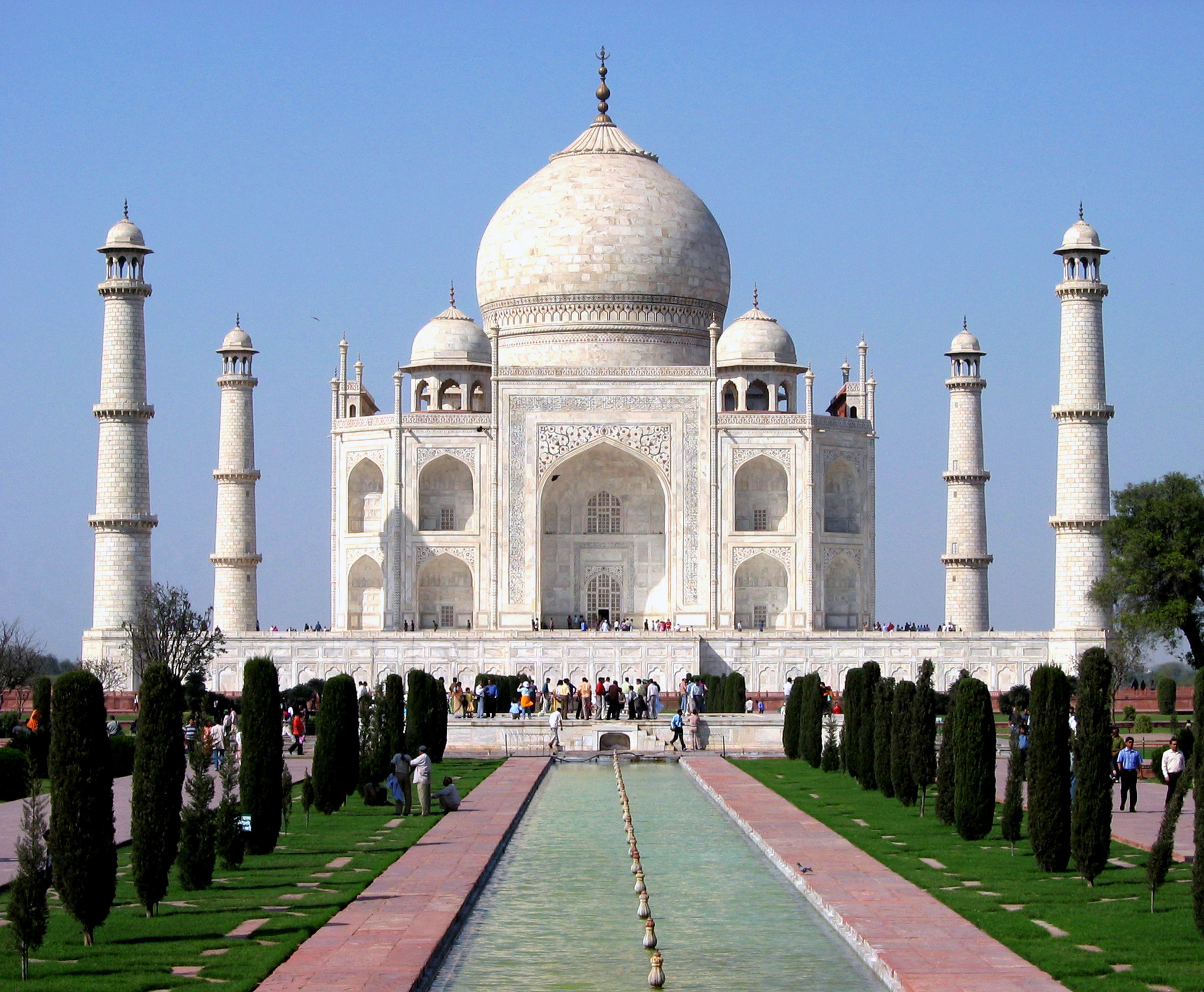The Islamic Art & Architecture: Reflection of Divine Beauty

One of the major contributions of the Islamic civilization was in the field of art as it went beyond the limited traditional concepts of direct representation through painting human figures or sculpting animate statues and transcended to the infinite world of abstract designs. These new invented designs introduce the viewer to new horizons where he can break loose from the confinement of time and the restriction of place and takes him to a new world where he transcends beyond the visible to take a glimpse of the beauty of the unseen.
The indirect, stylized impersonal abstract art of Islam symbolizes a transcendent reality which points to the glory of God. This eternal ever-lasting beauty left its touch on ceramic tiles, carpets, vases..etc. The artistic abstract designs took three basic forms:
- Geometrical: this style of ornamentation was based on constructing straight lines which reflects the Muslim's fascination with mathematics. The intricacy of these geometric shapes which constructed of squares, rectangles, triangles, hexagons and octagons expresses the unlimited creativity of keeping balance, symmetry and order in all these designs.
- Arabesque: this stylistic art is based on symmetry, repetitiveness and momentum which gives the viewer a unique sense of open ended motion which continue beyond the shackles of the finite natural limits to tie the viewer close to infinity. This is actually one of the intricate freedom of Arabesque. The interconnecting lines, the interlacing rosettes, intertwining vines, interweaving curves are all signs of growth, movement and progress. The fluidity of these designs reflect the unity of creation as well as the unity of God.
- Calligraphic: The Quran is the word of God and Muslims preserved the Quran in its scared form both verbally through memorizing it by heart and through writing it down. Therefore, calligraphy grew to be a popular and a sacred art with which the Quran was written. Thousands of Muslim calligraphers rushed into making the word of God visible and optically pleasing. Calligraphers found inspiration in the Quran and tried to transpire its beauty through writing it down in an artistic way of communicating the word of God. Through out the Islamic world, one would find the calligraphy of the Quran on mosques' walls, facades and domes. Some scholars would say that calligraphy is the ultimate achievement of Islamic art.
The peak of Islamic architecture was reflected in constructing mosques which is seen as the Muslim architect's lasting monument. Mosques were sometimes called a "calligraphy in architectural form" other called Islamic places of worship and sanctuaries as "theology in concrete". Mosques still remain the most significant and fascinating buildings representing the Islamic architecture. The unostentatious beauty and unassuming sublimity of the mosque's architecture reinforces a profound sense of reverence in the heart of the believer when he enters God's house.
The Islamic civilization encompassed a wide array of various cultures and distinct traditions, yet we find that there was always a distinctive beauty in the designs of mosques whether it be the Arab style mosque of Cordoba, the Turkish Blue Mosque in Istanbul or the Persian masjid Shah mosque in Isfahan. The Islamic architecture of minarets and domes silhouetted against the skyline proclaims the unity of God and the presence of faith.
Along centuries mosques took different shapes and had various designs in different cultures and traditions yet some basic elements remained constant in all designs and these elements are:
- Flat open space in which men and women stand in line to perform prayers.
- Mihrab: The wall facing the worshippers has a concave space, an arched niche (mihrab) which indicates and points out the direction of Makkah. This direction is called the (qiblah) which is essential for prayer in every mosque.
- Minbar: near the mihrab lies a minbar with a staircase on which the imam stands for the sermon at Friday noon prayers.
- Fountain: in the middle of the courtyard or garden in front of the mosque there is a fountain or trough which is used for ritual ablution necessary before prayers.
- Minarets: near the mosque and often attached to it there are two long towers called minarets and the muezzin (the man who calls for prayers) climbs one of them to call Muslims for prayer.
One of the etiquettes of entering the mosque is removing one's shoes at the doorstep of the mosque in reflection of God's words to Moses as he was approaching the burning bush "Take off your shoes, for the ground on which you stand is holy ground". Creating a reverential sacred atmosphere is the aim of the Muslim architect while he designs a mosque.
Reference: A Muslim's Primer: Beginner's Guide to Islam by Ira G. Zepp JR.
 Arabic
Arabic French
French Deutsch
Deutsch Urdu
Urdu Pashto
Pashto Swahili
Swahili Hausa
Hausa
